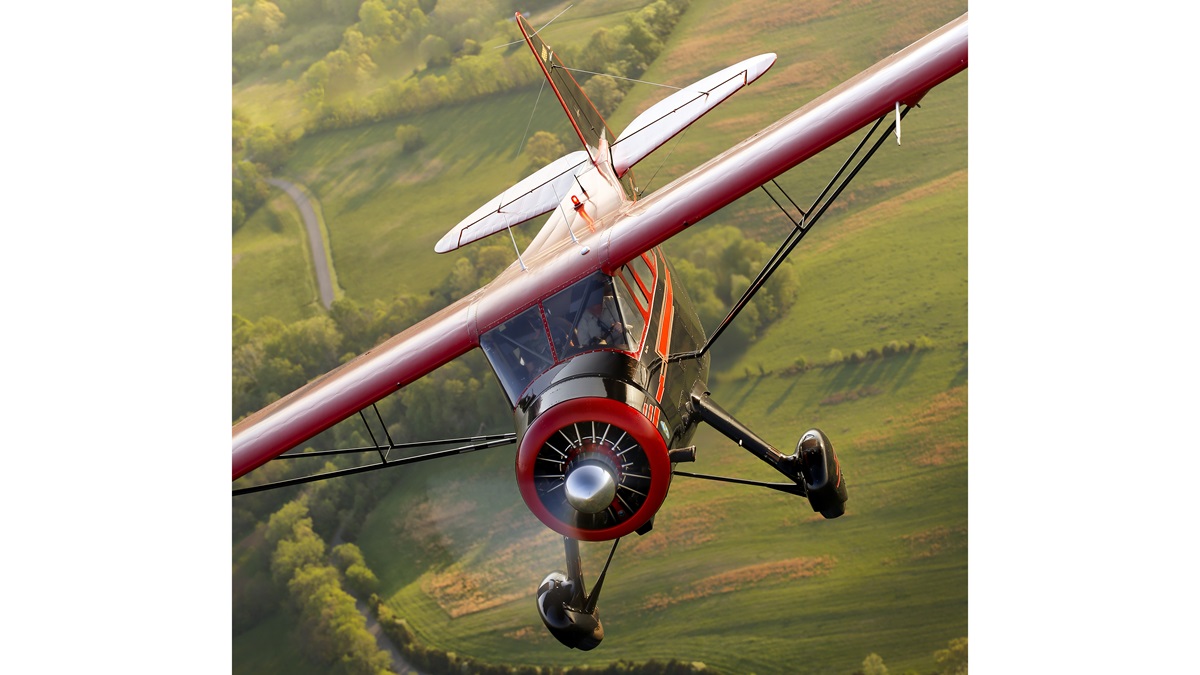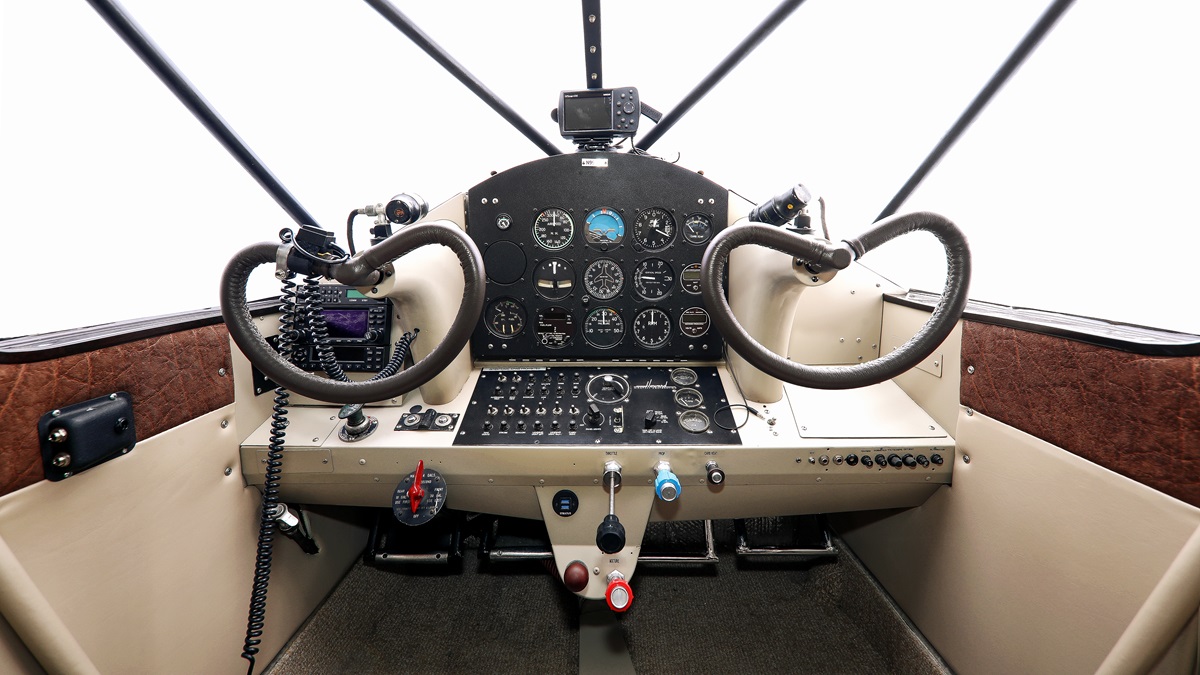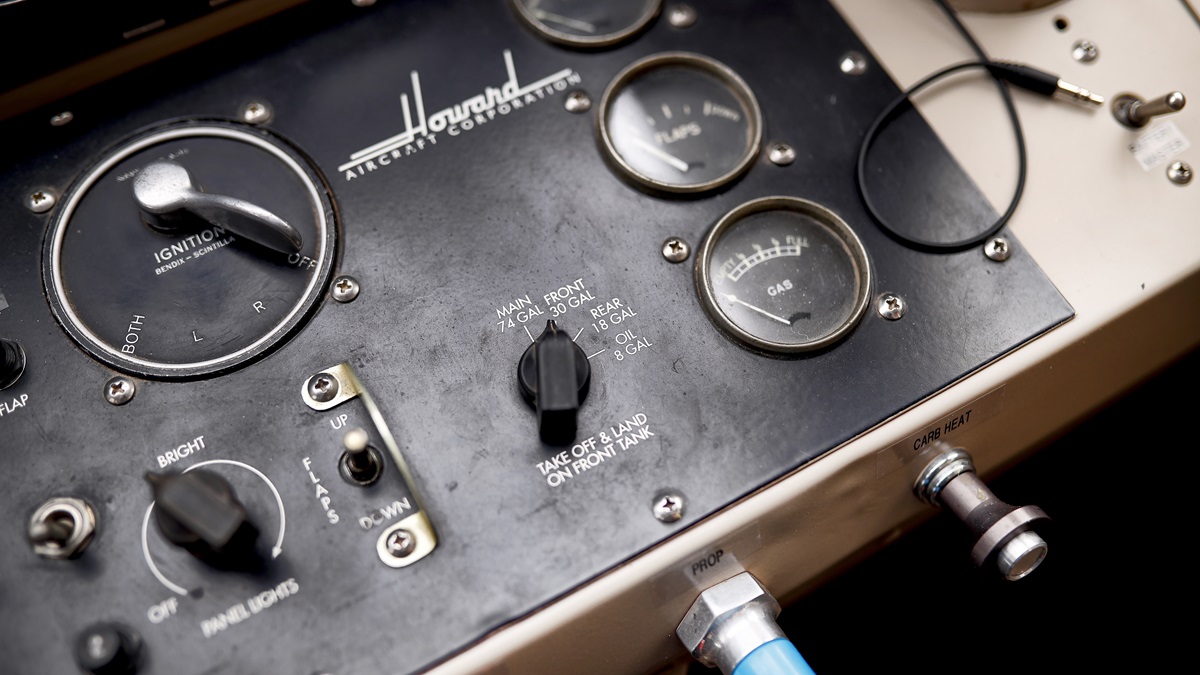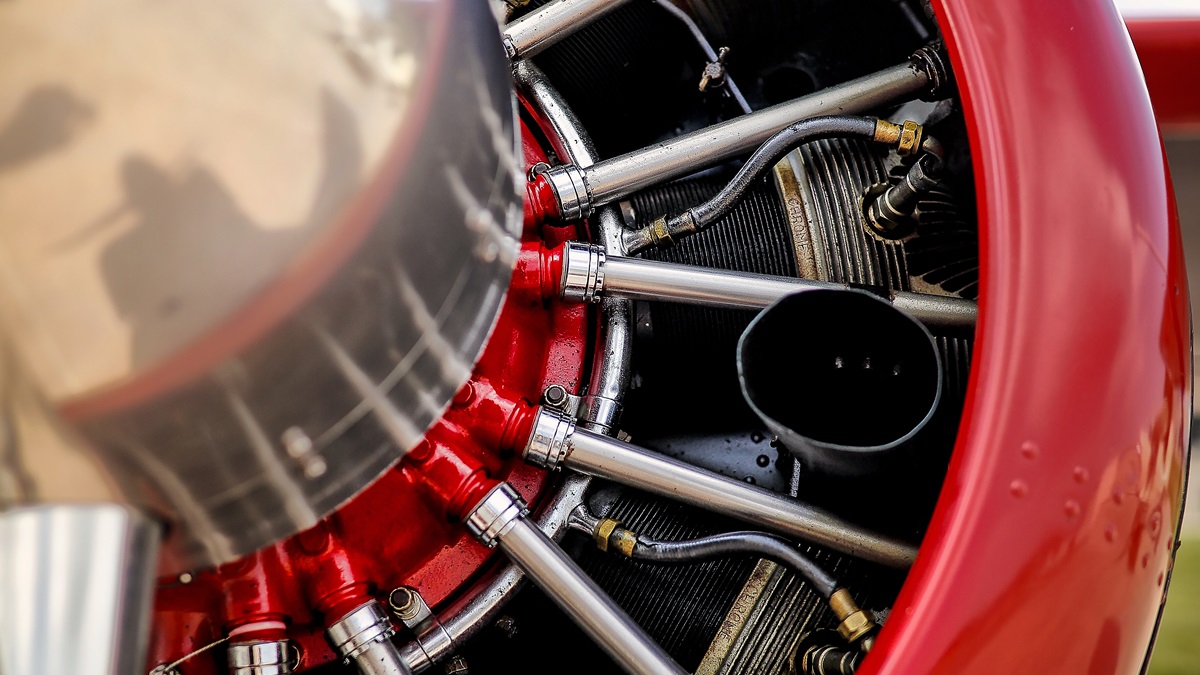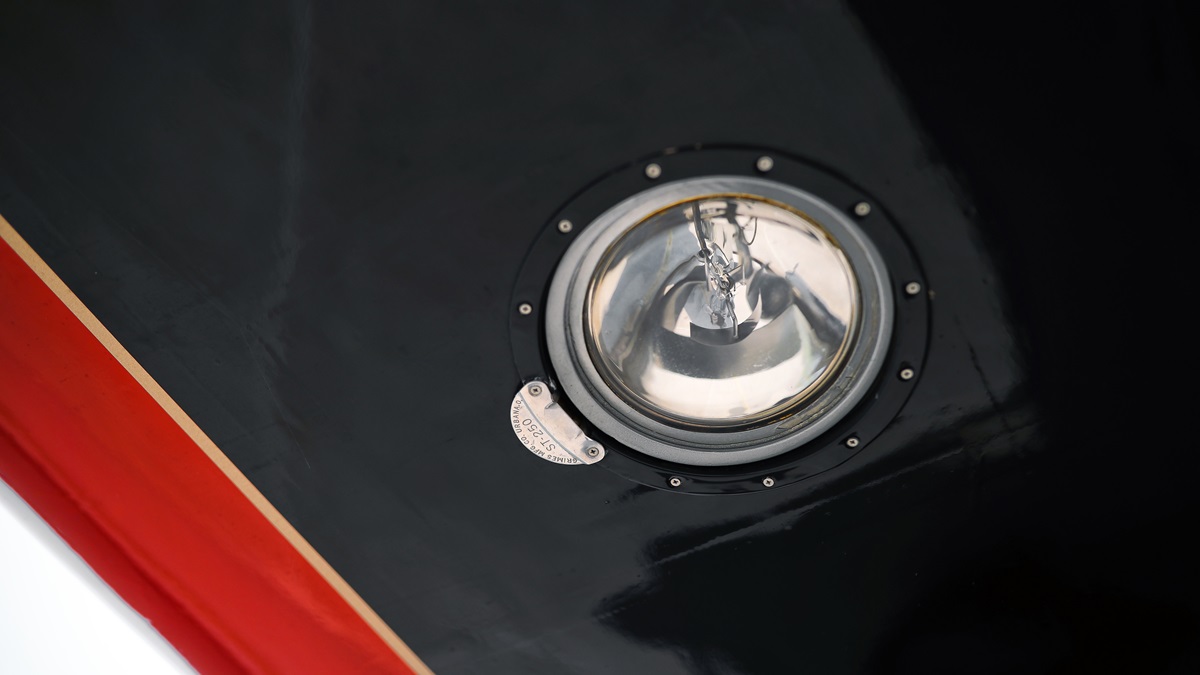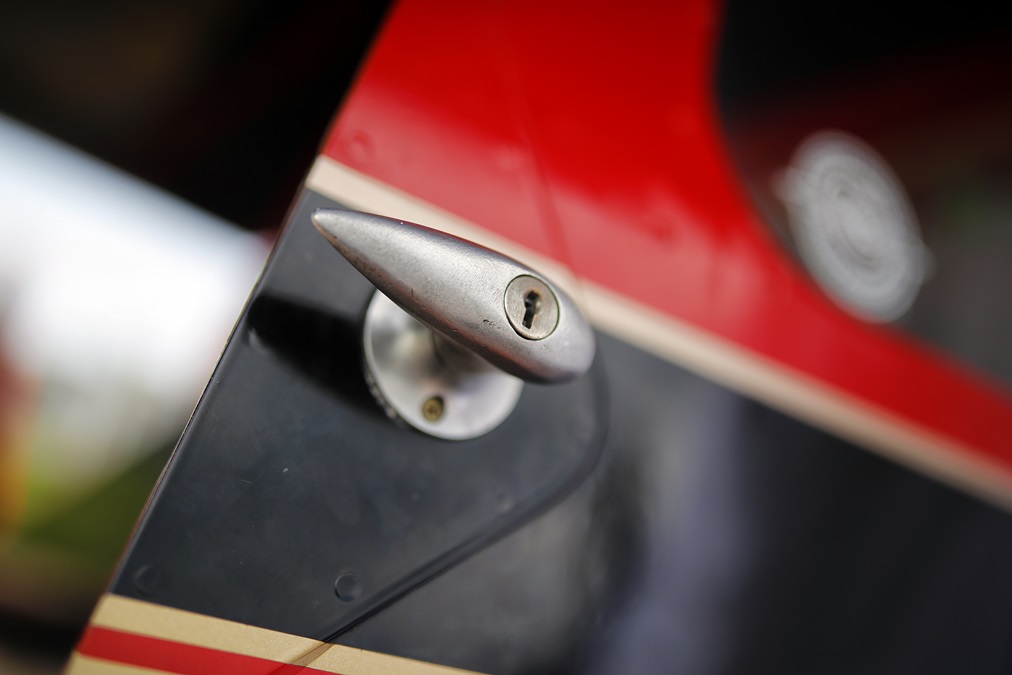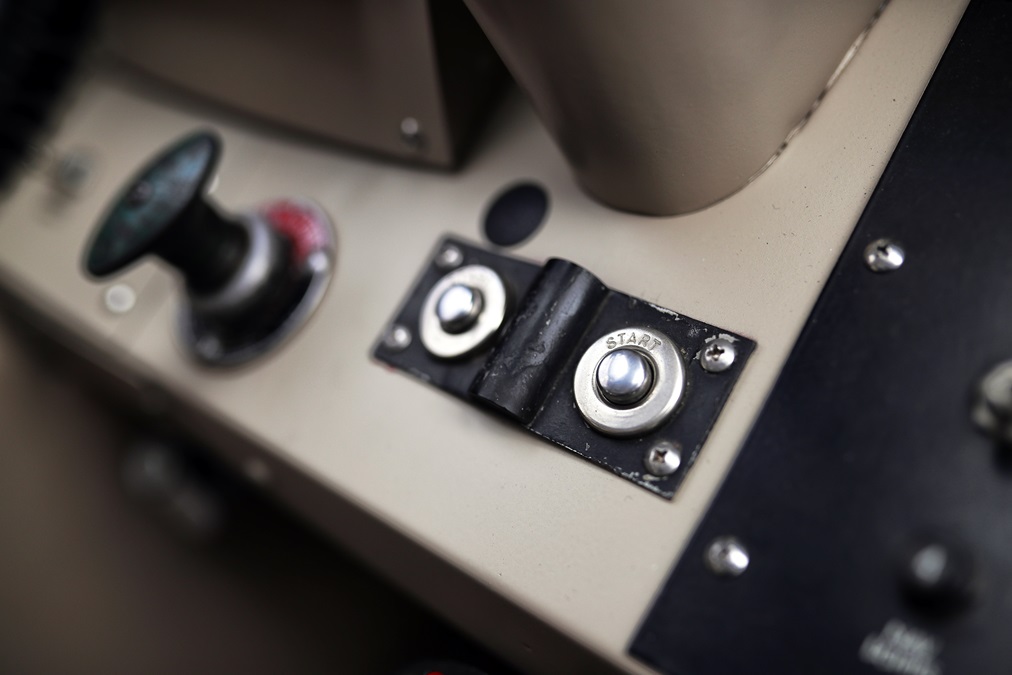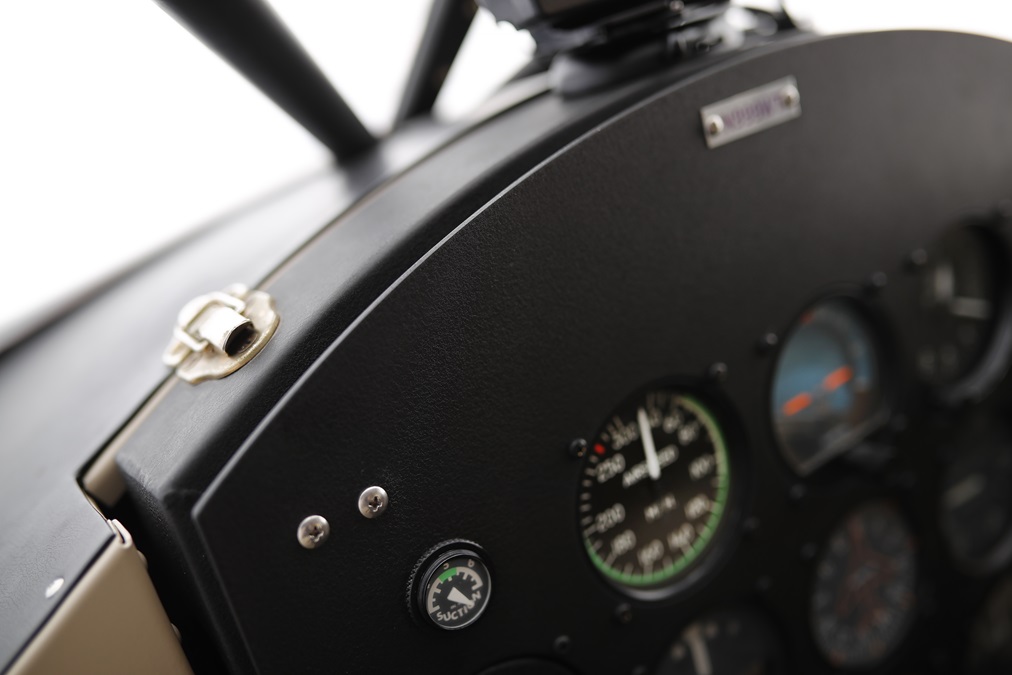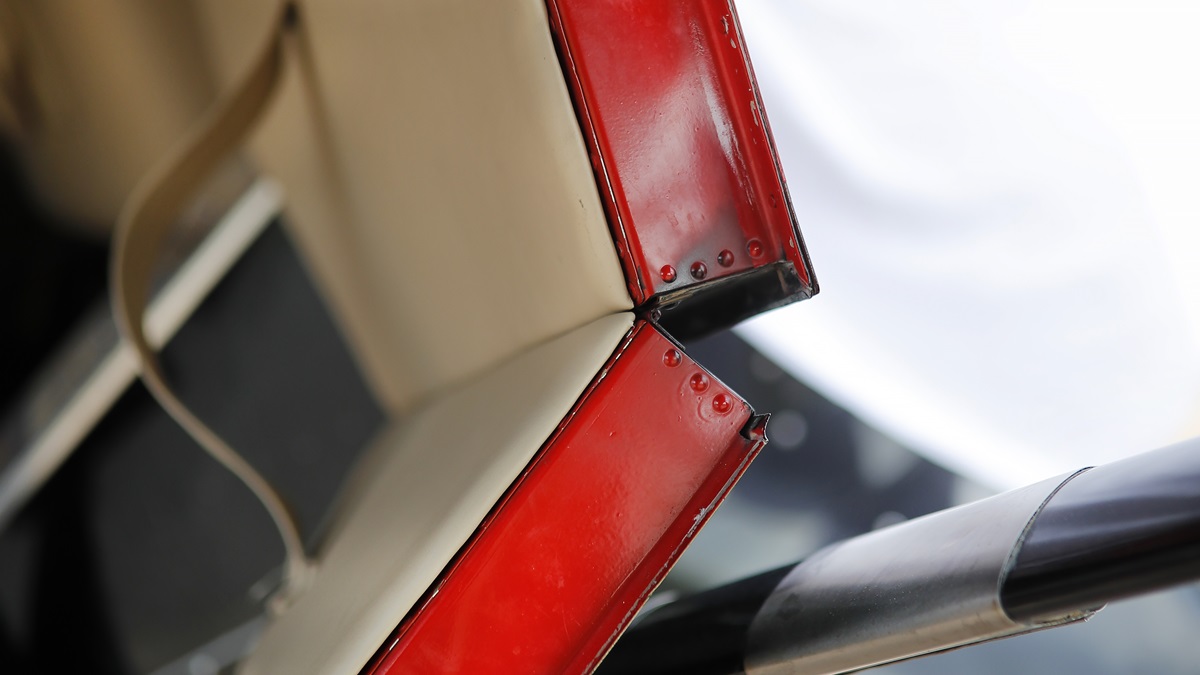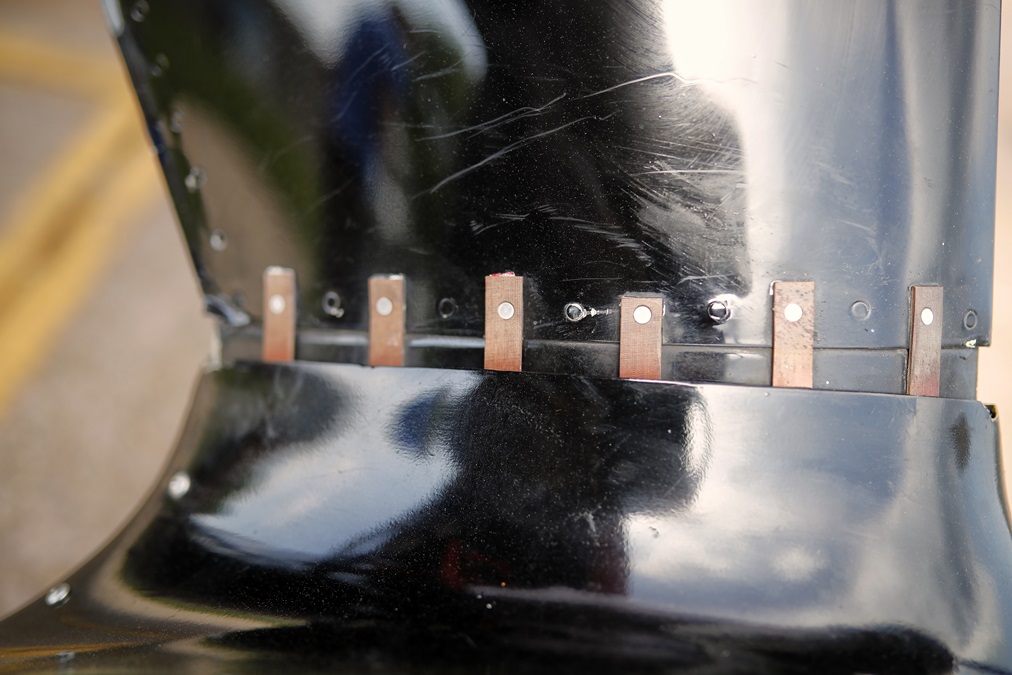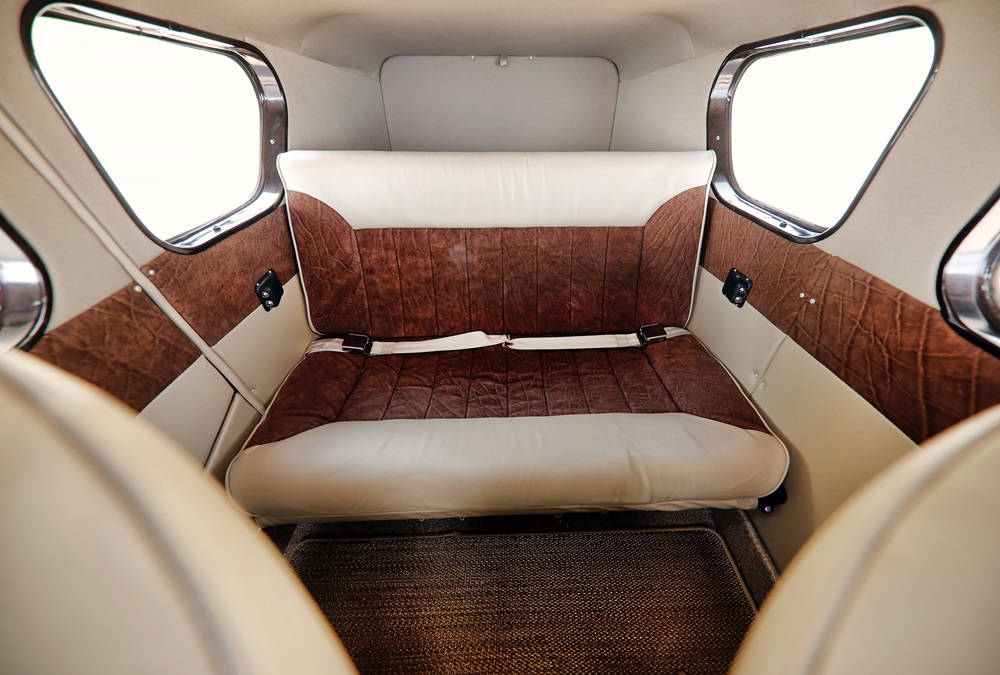Howard DGA–15: Good Grief
Benny Howard’s lovable and exasperating creation
Former air racer Benjamin O. “Benny” Howard, the scrappy, obsessive founder of the Howard Aircraft Corp., was at the epicenter of this tumultuous time—and the DGA–15 was his commercial expression of it. The self-taught pilot and designer got his start in aviation by helping Prohibition-era rumrunners modify airplanes to distribute liquor—and one of the plainspoken bootleggers called an early Howard creation a “damned good airplane.” Howard carried that moniker proudly, and every subsequent model carried the DGA designation.
The DGA–15 was introduced in 1939 at the very end of the golden age, and it’s strikingly true to the brawny 1935 Mister Mulligan racer upon which it was based (see “Big, High, and Fast,” p. 63). The hulking DGA–15 is physically imposing, unapologetically luxurious, technically sophisticated, and extraordinarily demanding of both the craftsmen who built it and the pilots who flew it. The airplane’s 175-knot top speed could match the airliners of its day, and its 800-mile range helped establish what’s become the multi-billion-dollar corporate aviation industry.
Howard Aircraft on Chicago’s south side had produced about 90 DGA–15s when the United States entered World War II. The company was pressed into military service and built a total of 520 DGA–15s that served as VIP transports, air ambulances, and instrument trainers by the time the assembly line stopped in 1944. The U.S. Navy was the most enthusiastic Howard customer and used its 450-horsepower, Pratt & Whitney R-985-powered P models in all three of the above-mentioned roles.
After the war, DGA–15s went back to civilian owners—but their heyday as aerial status symbols was over. Some were pressed into hard labor carrying parachute jumpers, hauling freight, or even moving supplies in and out of remote air strips in Canada and Alaska.
In the 1980s and 1990s, a few of the lucky ones became objects of affection for restorers. Some were laboriously recovered, repainted, and, with new panels and interiors, brought back to their art deco glory.
But it takes a special kind of owner to take on a Howard restoration. The wood wings are made of spruce, plywood, and mahogany, then wrapped in fabric; the steel-tube fuselage is hard to reach, let alone inspect, or repair; the spring/hydraulic landing gear is unique; rigging is a black art; wiring the electric flaps, swing-down landing lights, and instrument panel is complex; and simply gaining access to things such as the roll-up side window mechanisms requires removing front seats and interior panels.
Add to this the fact that a restored Howard is about as much work as—yet doesn’t command anywhere near the finished price of—other golden-era legends such as the Beech Staggerwing or Spartan Executive, and it becomes clear that a Howard restoration isn’t a rational economic decision—it’s an emotional siren song. Owners buy in knowing that a restoration is going to be costly and time consuming; parts will be difficult or impossible to find; and even when the airplane is finished, it’s never finished. The airplane is going to require nearly constant attention and expert care. The Howard Aircraft Foundation (www.howardaircraft.org) helps by holding an annual fly-in, sharing technical information, and even fabricating rare parts.
The payoff for owners and pilots comes when all these myriad hurdles are cleared, and they get to fly a Howard. Instead of being a crowning victory lap, however, flying a DGA–15 is likely to be challenging and humbling gut check.
Bad reputations
“I’d flown many other radial-engine, tailwheel airplanes with bad reputations by the time I got to the Howard,” said Mike Merritt, a former U.S. Air Force F–117 Nighthawk pilot, who has owned and flown a Howard DGA–15 for six years. “I was current in a Stearman, T–6, and Beech 18, and those airplanes are known for being somewhat difficult on the ground,” he said. “I hadn’t really had any trouble learning to fly them, though, so I looked at the Howard and thought, ‘How much different could this thing really be?’”
Well, quite a bit, as it turns out.
That becomes apparent the first time you climb the metal steps welded to the right side of fuselage below the door, step uphill into the well-upholstered cabin, and slide into the commodious left seat. There, your forward view is totally blocked by the upsloping cowl, and you can see the horizon out the left quarter of the windshield only.
The yoke is a massive, leather-wrapped wheel that looks like it was snatched from a steamship, and the elevator travel is so long that moving it fully forward and aft is like doing exaggerated push-ups and bicep curls.
The radio stack is on the far left side of the cockpit where only the left-seat pilot can reach it, and flight instruments, electrical switches, and circuit breakers are clustered in the middle. The tailwheel unlocking mechanism, a critical item, is on the floor below the co-pilot seat, and the oversized elevator trim handle is overhead at the center of the cockpit. The most prominent item, thoughtfully placed front and center where the pilot can’t miss it, is the red fuel selector—and it comes into play on every flight.
Starting the engine requires pressurizing the fuel system using a manual wobble pump, then priming the nine-cylinder engine. With the master switch on, the pilot depresses the starter switches (oddly, there are two), waits for the metal propeller to turn four or five blades, then engages the magnetos. The carbureted engine chugs to life with a few puffs of white smoke, and sometimes a backfire or two, before settling into the loping, rumbling, soul-stirring growl of a healthy 985.
Taxiing is a nerve-wracking visualization exercise. Lean your head out the open side window, S-turn, and taxi by Braille. There are times when there’s no way to see what’s directly in front of you, so you inch forward and fervently hope that nothing has moved into your path.
Runup is standard for a piston engine, although it takes time for the eight gallons of oil to warm up. Flaps are set to half, or about 15 degrees, by visually matching them to a fully deflected aileron. The tailwheel handle is placed in the “steerable” (not free-castering) position, elevator trim is set, and the fuel selector is put on the front tank (30 gallons) which is dedicated to takeoffs and landings.
Line up with the runway centerline—or at least the position you believe the centerline to be because, if you’re actually aligned with it, you can’t possibly see it—and prepare for hand-to-hand combat.
Advancing the power causes a heart-pounding cacophony of sound, vibration, and forward movement. The airplane tracks straight ahead with surprisingly little left-turning tendency at first. Then the tailwheel comes off the ground at about 30 miles an hour, and things get wonky.
Predictably, the airplane veers left, and that’s fairly easily counteracted with timely application of right rudder. Then, as lift from the wings begins to lighten the load on the main wheels, the landing gear demonstrates its sponginess. One wing tends to rise before the other, even though the airplane isn’t nearly ready to fly, and the ailerons aren’t authoritative enough at low speed to bring the high wing down. The pilot reflexively presses forward on the yoke to pin the main wheels on the runway, and that causes the airplane to pitch forward as the gear splays out.
This inelegant wrestling match comes to a close in about 12 seconds as the airplane accelerates briskly through 75 mph and takes to the air.
Climbing at a 10-degree pitch attitude at 90 mph and 900 fpm, it’s time to raise the flaps, then reduce engine power to 30 inches and 2,000 rpm. Airspeed increases to 100 mph and visibility improves with a slightly flatter pitch attitude—but shallow turns are required to clear the area ahead during climbout.
Level at 5,500 feet, cruise power (28 inches manifold pressure, 1,850 rpm) nets an indicated airspeed of 148 mph at a fuel consumption rate of 25 gph, and switch to the main fuel tank (74 gallons) for cruise.
Control forces are moderate when making small inputs but downright heavy when using full deflection, and the pilot must lead turns with rudder to counteract significant adverse yaw. Yet the feeling of maneuvering a Howard is sublime and satisfying. It’s obedient in the air, visibility is (finally) pretty good, and the tactile connection to aviation history is real and telling. This was state of the aviation art in the late 1930s, and the fact that this model was introduced just 36 years after the Wright brothers’ first powered flight seems remarkable. (That’s especially true now when the entire piston GA fleet is more than 36 years old on average, and very little about engines and airframes has changed.)
Steep turns and lazy 8s are smooth and stable. Power-off stalls are preceded by ample aerodynamic warning and control mushiness, and the yoke must be held all the way aft (and that’s a long distance) to produce a stall break. When the break comes, it’s accompanied by a slight wing drop of about 15 degrees that becomes more pronounced at higher power settings. Recovery is normal and almost instant.
Descending back in the traffic pattern, return the fuel selector to the front tank, deploy full flaps, enrich the mixture, push the prop lever forward, and confirm the tailwheel handle is in the “steerable” position.
Howard expert Mike Iverson advises flying the pattern at 90 miles an hour, slowing to 80 on short final, and carrying about 17 inches of manifold pressure into ground effect. He advises tail-low wheel landings on paved runways, and that’s what I attempt. But I arrive with all the grace of a bag of hammers.
Forward pressure on the yoke splays out the main landing gear, and the airplane rocks gently fore and aft as it decelerates, even though the elevator isn’t moving, and my feet are decidedly off the toe brakes. I bring the tailwheel to the ground, apply full aft yoke, and taxi back to the runway for another try.
The next few takeoffs and landings are better, but they’re not what anyone would call graceful. It’s going to take time to adjust to the sight picture of looking only out the left side during ground operations, and that spongy landing gear is just weird. A combination of more nose-up trim on short final and holding about 15 inches of power all the way to touchdown makes my arrivals somewhat less seismic and more consistent.
Exasperating and lovable
Two days after my checkout, AOPA colleague Mike Tompos and I take the Howard on a cross-country flight from central Florida to Maryland (along with lots of coworkers’ bags, cases of oil, and gear from the Sun ’n Fun International Fly-In). And the airplane comes into its own.
We top off all three fuel tanks (122 gallons) and cruise at 9,500 feet to pick up a 30-knot tailwind that brings us home to the Mid-Atlantic in four hours and 15 minutes. The period music on the XM radio seems right for this journey, and the roomy cabin, overstuffed leather seats, and the airplane’s signature speed and stability make it an unforgettable trip.
I’ve traveled this route many times and know the sequence of navaids by heart. But the DGA–15 makes you see the familiar from a new perspective. It’s novel for pilots and passengers alike.
Benny Howard died in 1970 and didn’t get to see the modern renaissance of the DGA–15. He had finished his flying career as a test pilot for Douglas Aircraft, and when he passed away, Donald Douglas Sr. eulogized him this way: “There never was, nor will there ever be, another human being as interesting as Benny, as intelligent, as exasperating, or as lovable.”
Those adjectives apply to his masterpiece, the DGA–15, too.
Email [email protected]

